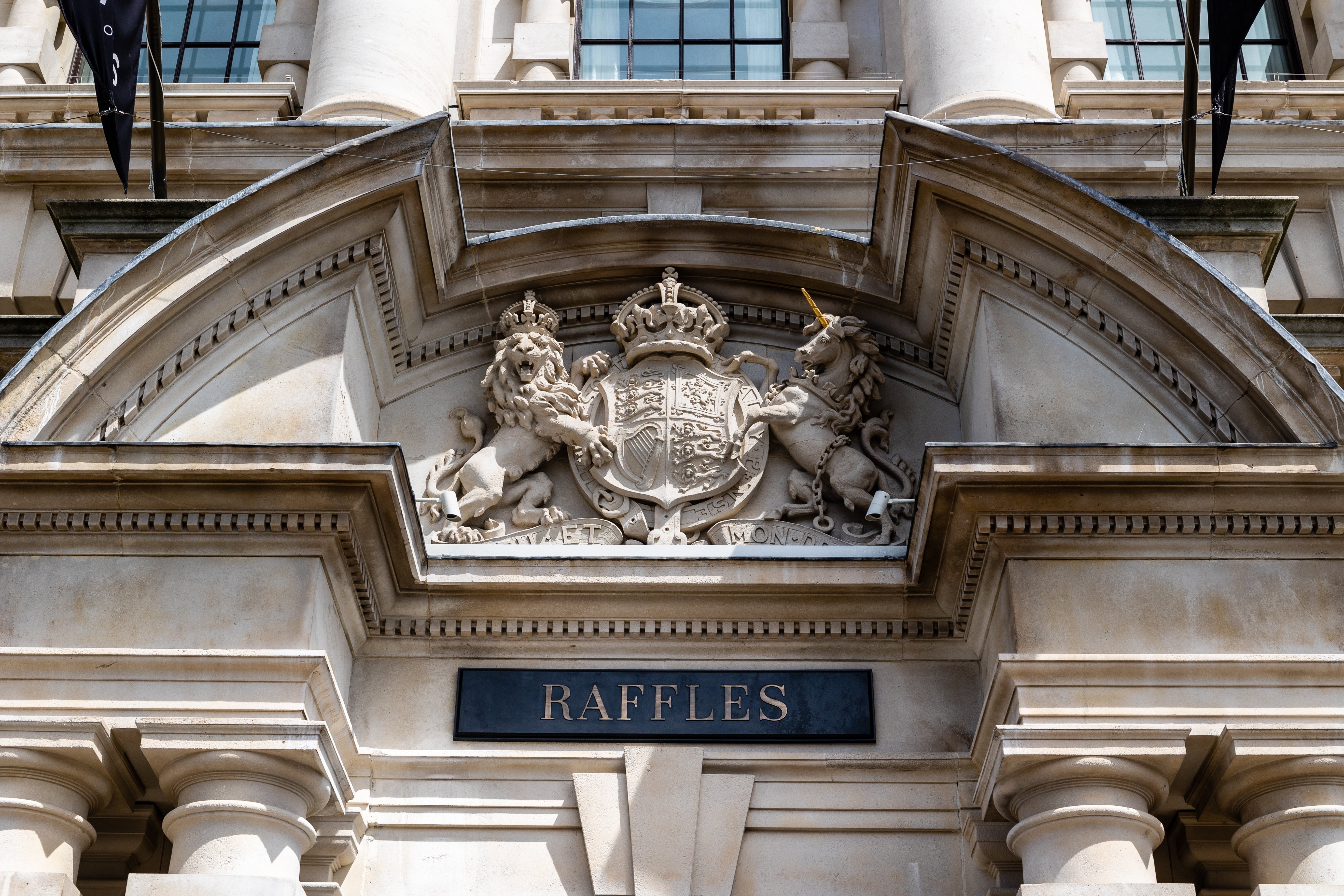The Best Facts About Vincent Van Gogh
Ask most people what they know about Van Gogh, and they’ll offer perhaps two or three facts about the artistic genius – he was a Dutch painter, he cut one of his ears off and Don McClean sang a song about him back in the 1970s. Hopefully, they could name some of the artist’s most famous paintings, certainly ‘Sunflowers’ and perhaps ‘The Starry Night’. But there’s a wealth of information that reveals Van Gogh to be a complex character, as one would expect.

There are background facts about Van Gogh that pre-date his period as an artist. Born in The Netherlands in 1853, he was the son of a country minister. Named after his paternal grandfather, he was the oldest of six siblings, with his younger brother, Theo, becoming an art dealer, and in that position being able to offer support to his brother and his art.
Like so many famous artists, Van Gogh’s talent was unrecognised during his lifetime, but his paintings have sold for truly astronomical prices in the last 40 years, making them some of the most expensive ever. More importantly, those paintings are some of the most celebrated in the history of art.
Artistic Career
Van Gogh didn’t start painting until he was 27 years old. He had originally wanted to be a minister like his father but after studying for a year at the Amsterdam School of Theology, wasn’t allowed to sit his exams because he refused to learn Latin, decrying it as a dead language. Van Gogh worked for his uncle’s art dealing company in The Hague, then for the Groupil Gallery in London before he turned his attention to being an artist himself. He was largely self-taught, only receiving formal artistic training for four months a few years before his death. He was a prolific artist, producing at least 900 paintings, and many more sketches and drawings before his early death at 37, but it wasn’t until well after his demise that the Dutch Master’s talent was recognised. Although Van Gogh began to garner acclaim for his work with inclusion in higher profile exhibitions in 1890, it’s said that he only sold one of his paintings while he was alive – ‘The Red Vineyard near Arles’ – seven months before his death for just 400 francs.
Mental Health
Known for his strong and difficult personality, Van Gogh alienated many with his argumentative nature. His mental well-being was erratic throughout his life, and fell into deep decline in the late 1880s, just as he started hitting his artistic peak. His brother Theo paid fellow painter Paul Gauguin to move to Arles, France, where Vincent was then living, to keep a protective eye on the artist. - Thus began a ‘Love/Hate’ relationship, andollowing a frenzied argument with Gauguin, Van Gogh mutilated his own left ear. Oonly the lobe of the ear was cut off but the blood-loss was so dramatic, Van Gogh was admitted to the nearby Hôtel-Dieu hospital. Because he only ever sold one of his paintings in his lifetime, he considered himself something of a failure., which ultimately saw him fall into a deep depression; towards the end of his life, fellow citizens of Arles signed a petition saying that he was a danger to the community. This led him to commit himself to an asylum. Van Gogh ultimately committed suicide by shooting himself in the chest, dying 30 hours later.
Famous Works
The two paintings that are arguably Van Gogh’s best-known works of art are just two of many of the celebrated paintings from the legendary Dutch artist. Van Gogh himself didn’t even think that ‘The Starry Night’ was any good. The painting was completed while Van Gogh was in an asylum in Saint-Remy-de-Provence, recuperating from a nervous breakdown. If his opinion of ‘Starry Night’ was low, Van Gogh’s view of his ‘Sunflowers’ series was just the opposite – he knew they were special. He actually painted a series of seven, one of which was lost during World War 2, one that is in the possession of a private buyer and five of which are on show in various museums around the world. Probably the most famous Van Goghs are his numerous self-portraits; he actually painted so many because he couldn’t afford to pay for a model to pose for him, such was his state of poverty.
Legacy
The terrible irony is that Van Gogh lived in relative poverty when, these days, his works sell for tens of millions of pounds. His brother Theo not only supported Vincent financially, but he was also his biggest fan, publicising his brother’s work in his job as an art dealer. Theo died only a few months after Vincent took his own life, so it was left to Theo’s widow to keep the Van Gogh flame burning. Slowly but surely throughout the 20th century, appreciation for the artist’s work grew as his contribution was re-evaluated. His work has come to define post-impressionism and has inspired so many artists in the 130 years since his death. The Van Gogh Museum in Amsterdam has attracted millions of visitors every year since it opened in 1973. But it’s obviously the amazing prices that continue to be paid for Van Gogh's masterpieces that tell us how much his contribution to the history of art is valued… literally. The most expensive Van Gogh sold at auction, ‘Orchard with Cypresses’, brought a price of over $ 117 million at Christie's in New York in 2022. A little more affordable was ‘Nature Morte’, bought for a mere $ 61 million at Sotheby's in New York, in 2014.
Only a handful of people on the planet will ever be able to even think about buying a Van Gogh but we can all appreciate the artist’s work by just looking at the paintings. And undoubtedly, that appreciation is all the greater when one has knowledge of the great man’s life. So many books, films, and songs have tried to help with that appreciation but looking at the paintings themselves captures the feeling much better.



